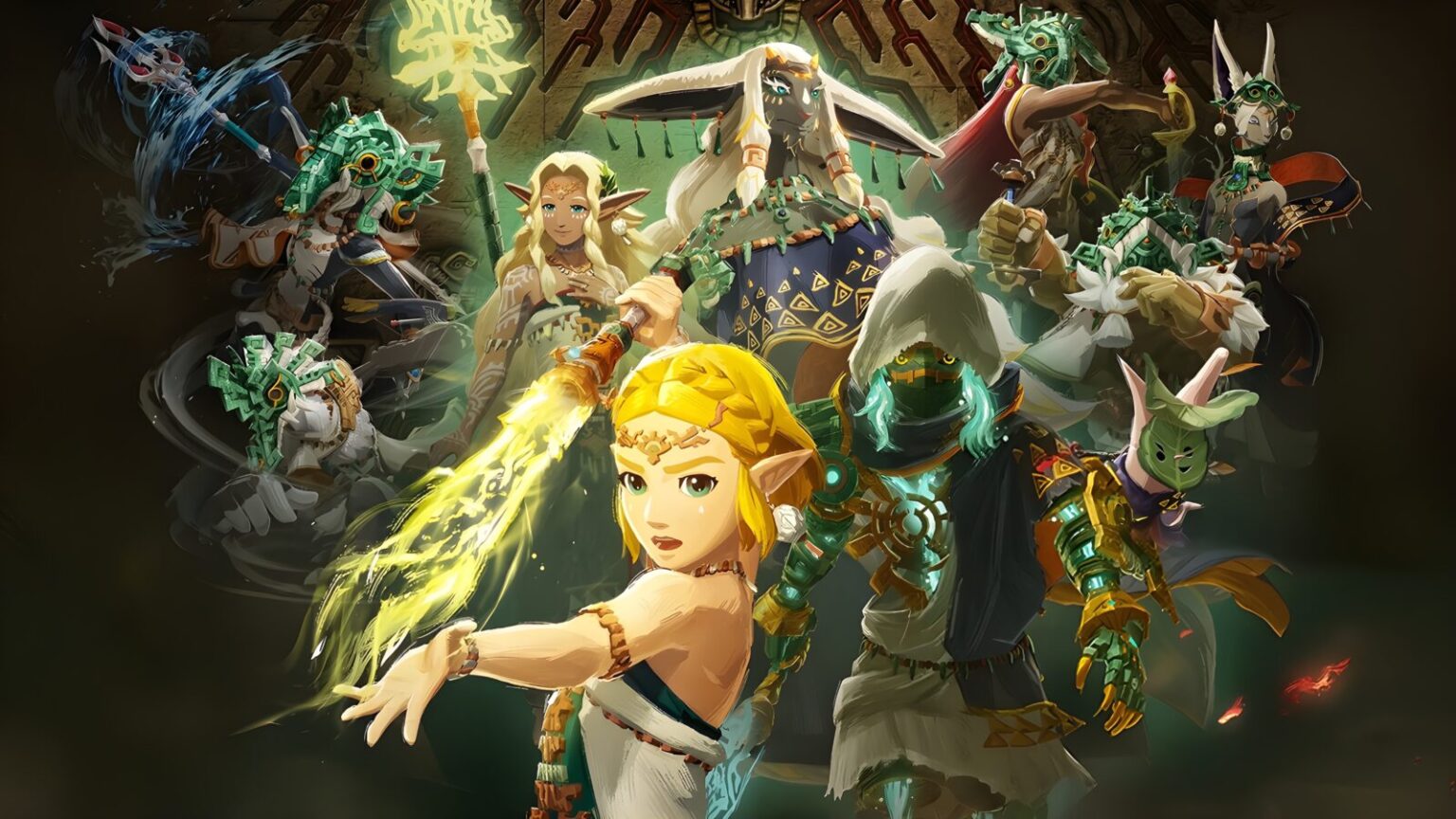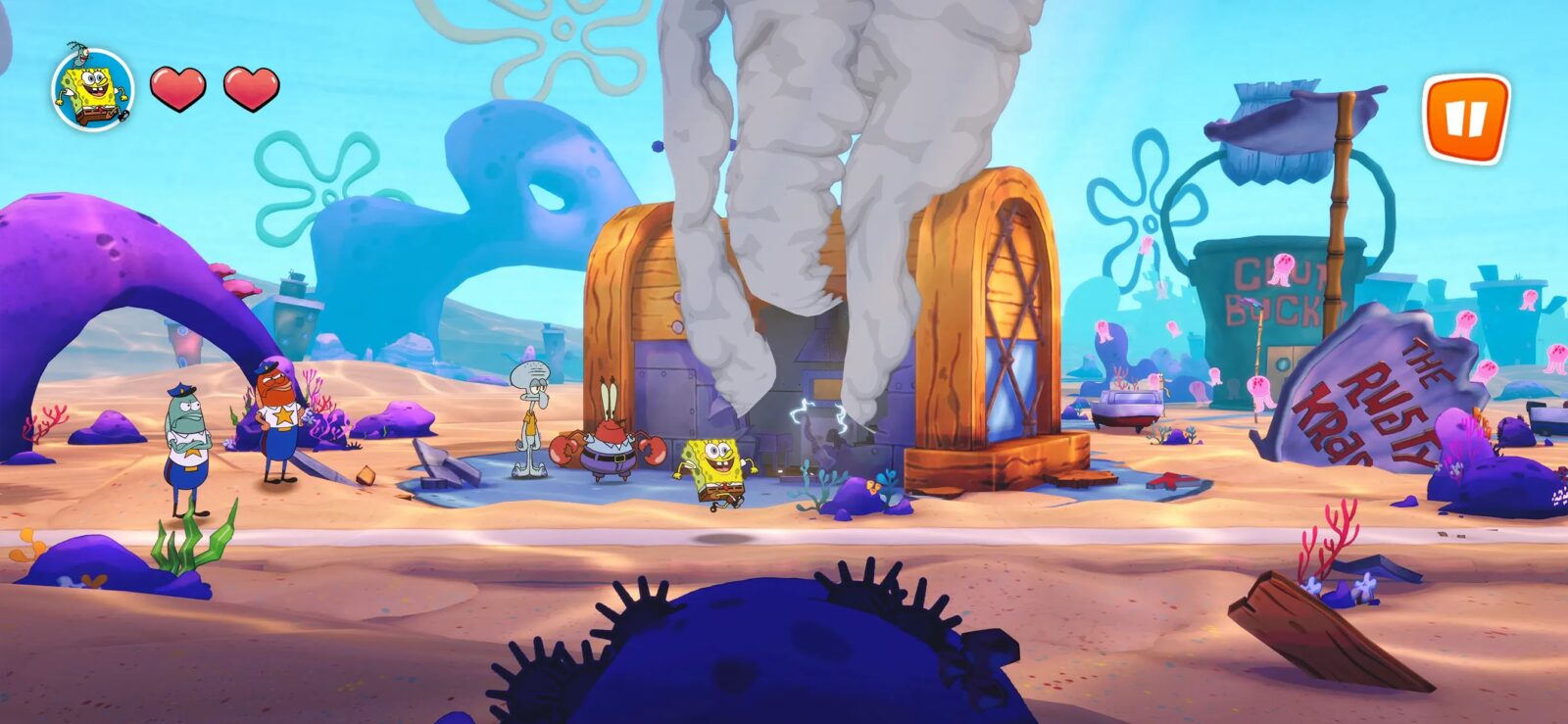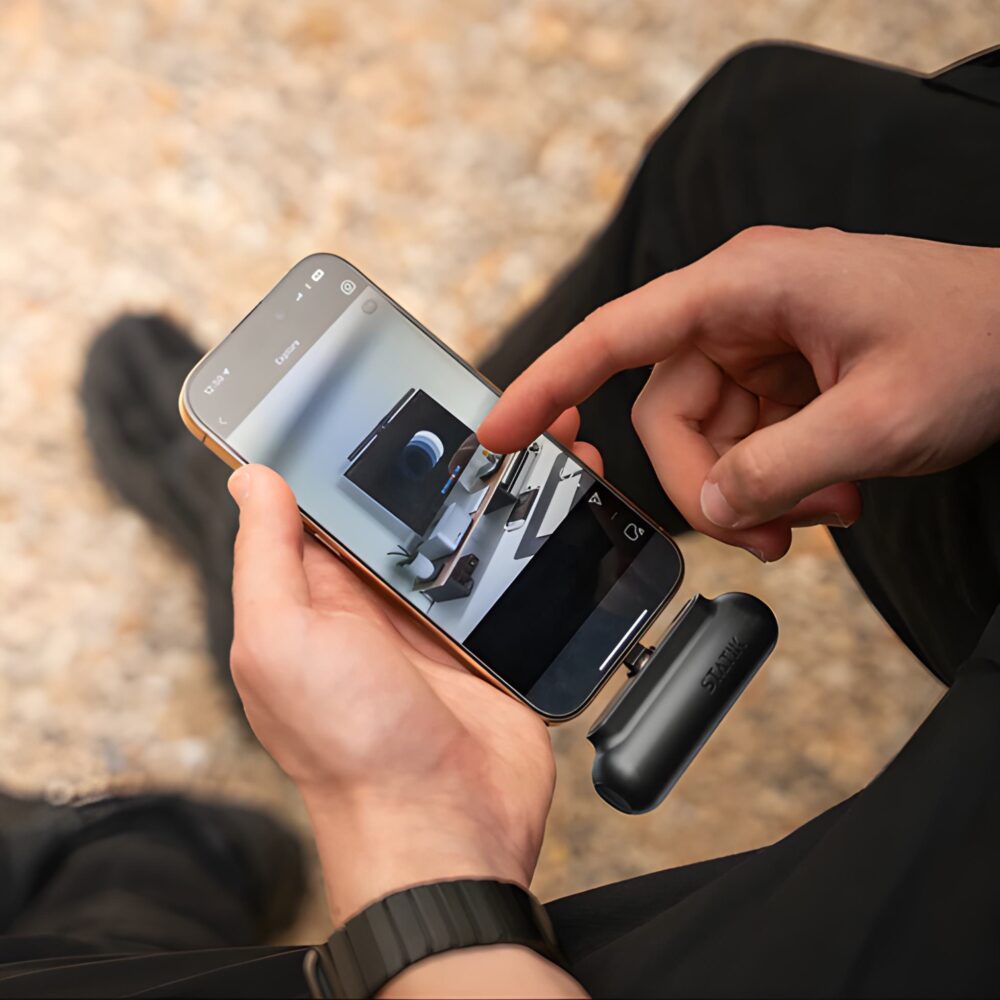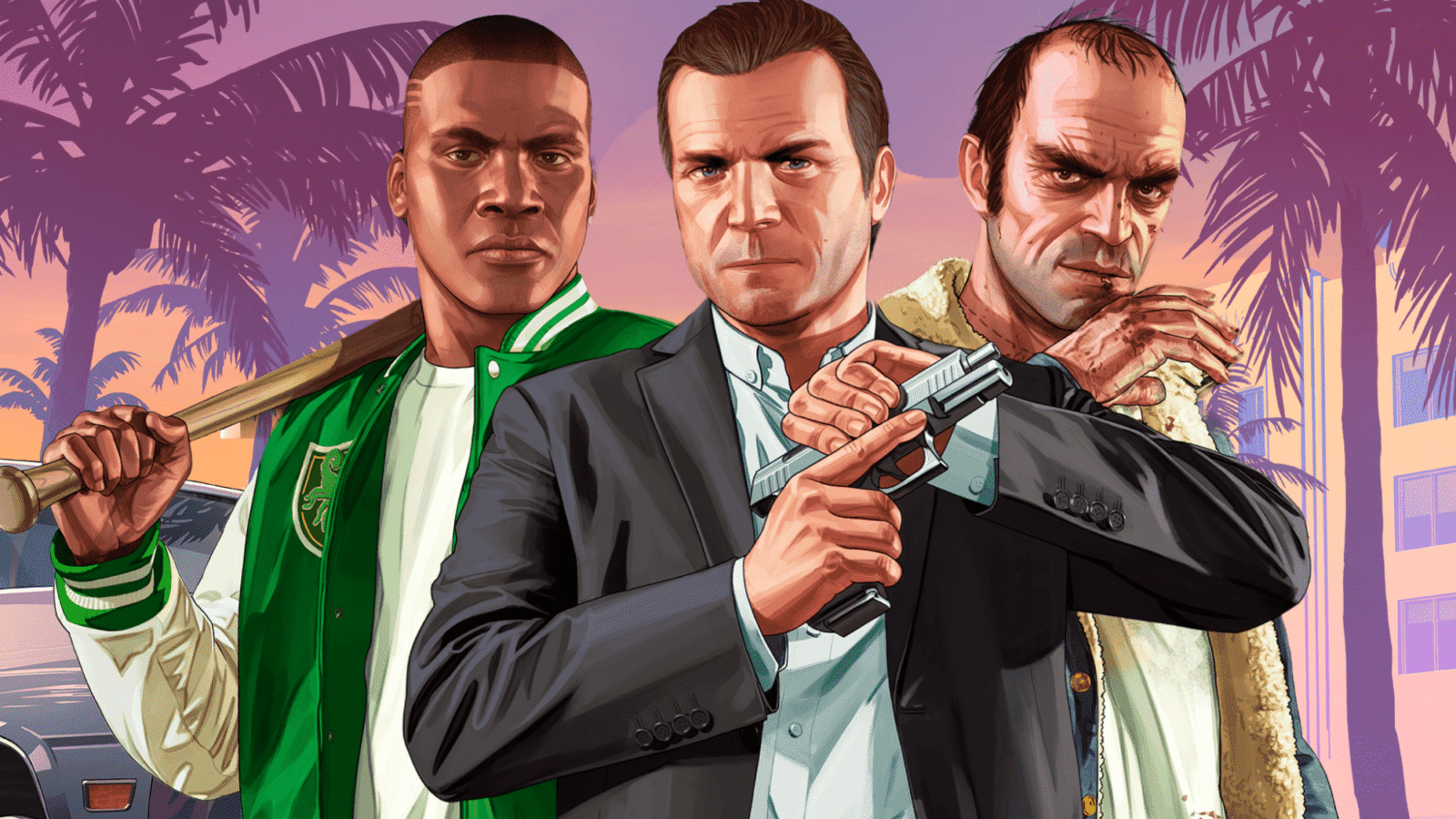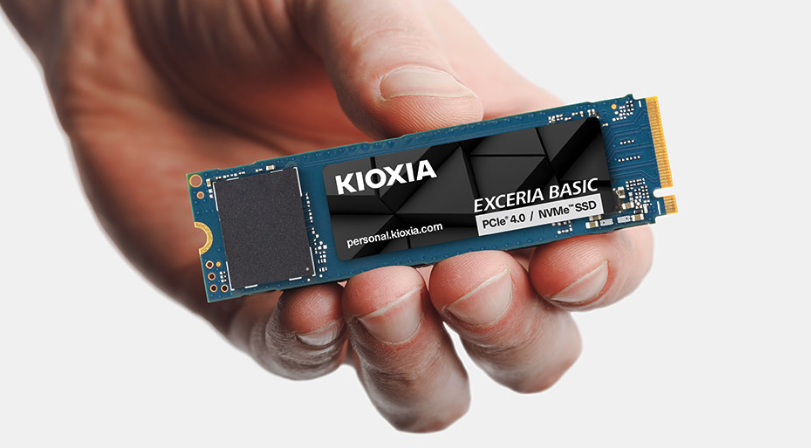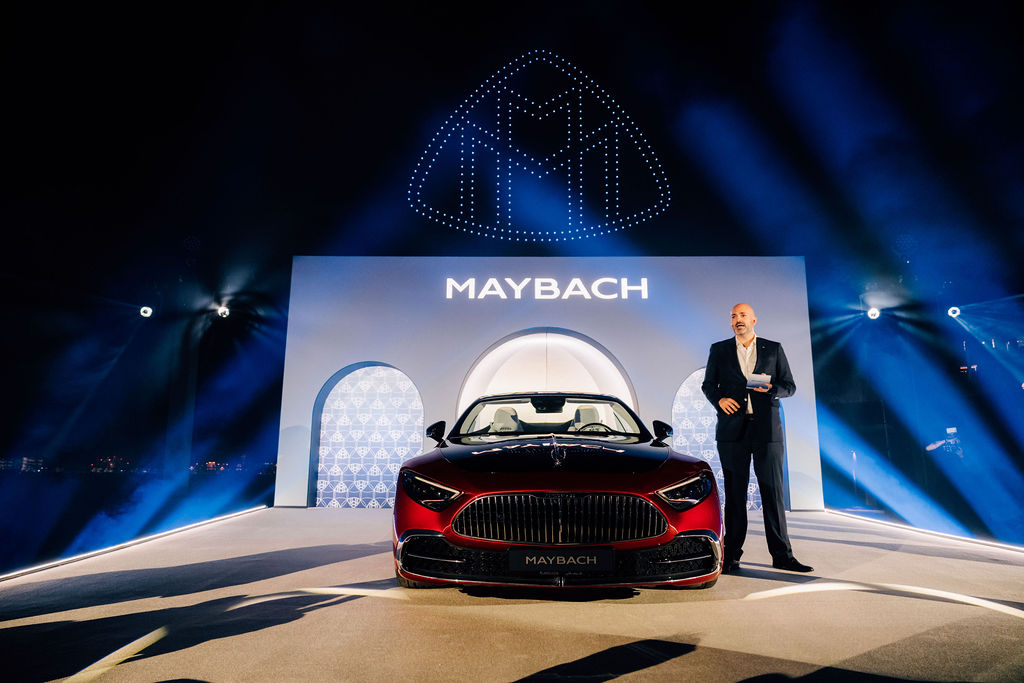TL;DR: Zelda fans, welcome to the chaos. Everyone else, bring snacks and maybe a spare thumb.
Hyrule Warriors: Age of Imprisonment
I’ve played enough musou games to know the drill: find your favorite character, mash a thousand buttons, watch a thousand enemies explode, and question your life choices somewhere between combo number 456 and 457. But Hyrule Warriors: Age of Imprisonment hit me differently. Maybe it’s because it’s Zelda, maybe it’s because it’s canon now (Nintendo, you sly fox), or maybe it’s because I’m a sucker for overly dramatic cutscenes where everyone talks like they’re auditioning for Game of Thrones: Hyrule Edition. Either way, I booted this up on my Switch 2 expecting chaos and nostalgia, and what I got was a fascinating, gloriously geeky mash-up of myth, mayhem, and way too many Zonai gadgets.
Let’s get one thing straight: Age of Imprisonment is less a spin-off and more an unhinged love letter to Zelda fans who’ve spent decades reading too much into timeline charts. It’s Nintendo saying, “Fine, you want to see the Imprisonment War? Here’s your lore buffet.” This game doesn’t just reference Tears of the Kingdom — it leans so far into it that I half-expected to find a QR code in the credits linking back to a Zelda lore wiki.
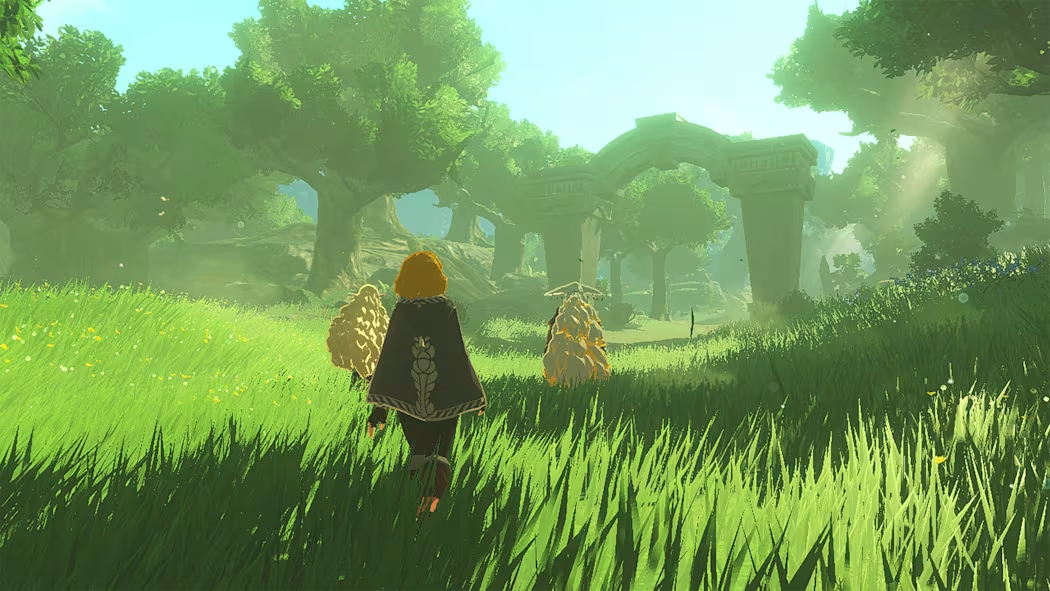
The story picks up right where Tears of the Kingdom’s historical flashbacks left off — Zelda’s stuck in the past, Ganondorf’s being his usual drama-king self, and everyone else is either dying, scheming, or philosophically musing about destiny. It’s beautiful in that overblown, operatic way that only a Zelda prequel can be.
As a lifelong fan, I was equal parts giddy and heartbroken. Seeing Queen Sonia alive and radiant before her inevitable fate? Chef’s kiss. Watching Rauru and Mineru argue about the morality of imprisoning demons in amber like they’re in a Zonai ethics seminar? Nerd heaven. But as much as I loved revisiting this era, there’s an odd emptiness to it all. The game fills in gaps, sure, but those gaps were more interesting when they were mysteries. Knowing how the sausage of Hyrulean tragedy is made takes away a bit of the mythic flavor.
Still, the spectacle makes up for the narrative predictability. The final multi-front battle against Ganondorf is pure fan service, complete with orchestral remixes of the Zelda theme that hit like an emotional Deku Nut to the face. It’s one of those gaming moments where you just sit back, whisper “holy crap,” and accept that you’re way too emotionally invested in polygonal royalty.
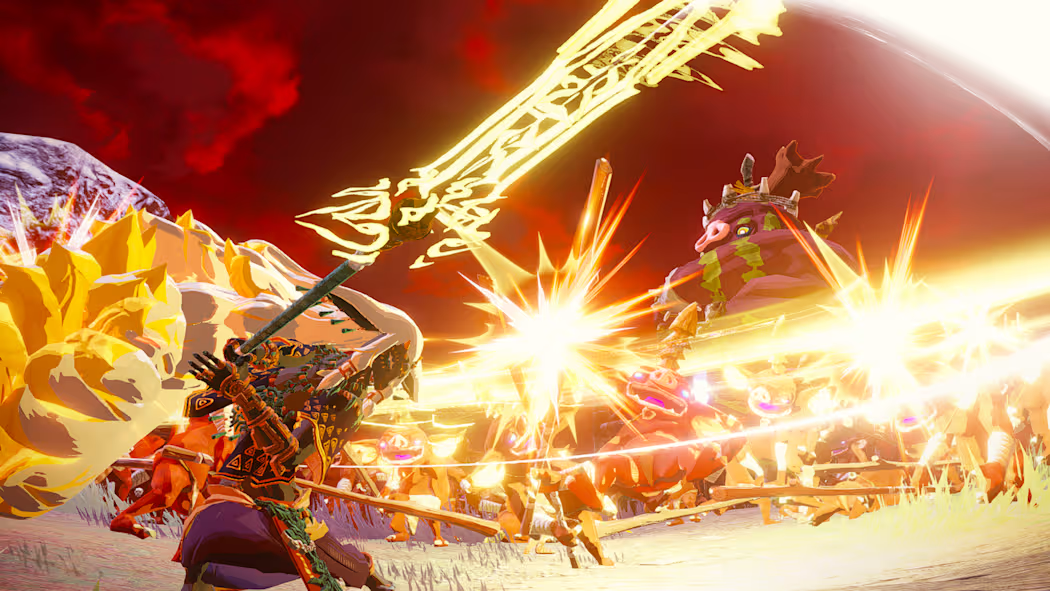
Let’s talk combat — the real reason anyone plays these games. Age of Imprisonment takes the button-mashing ballet of musou combat and turns it into a neon-lit fever dream. The Switch 2’s extra horsepower means you can now obliterate hundreds of enemies at a smooth 60 FPS, and it feels absurdly good. Like, I-could-do-this-for-hours good.
The roster is pure geek wish-fulfillment. Zelda ditches the Sheikah Slate and goes full magical-girl-warrior with a Zonaite sword that practically hums with smug energy. Every swing feels powerful, every light burst ridiculously extra. Mineru is a mad scientist’s dream, summoning Zonai contraptions that turn battlefields into chaotic physics experiments. I once used a rotating paddle to launch Moblins into the stratosphere, and I’m still not over it.
And then there’s Calamo — a Korok the size of a backpack who weaponizes fruit. Yes, you read that right. Watching this tiny woodland gremlin obliterate a Hinox with a banana bomb is the exact brand of delightful nonsense that keeps me coming back to this series. Nintendo, please give this Korok its own spinoff.
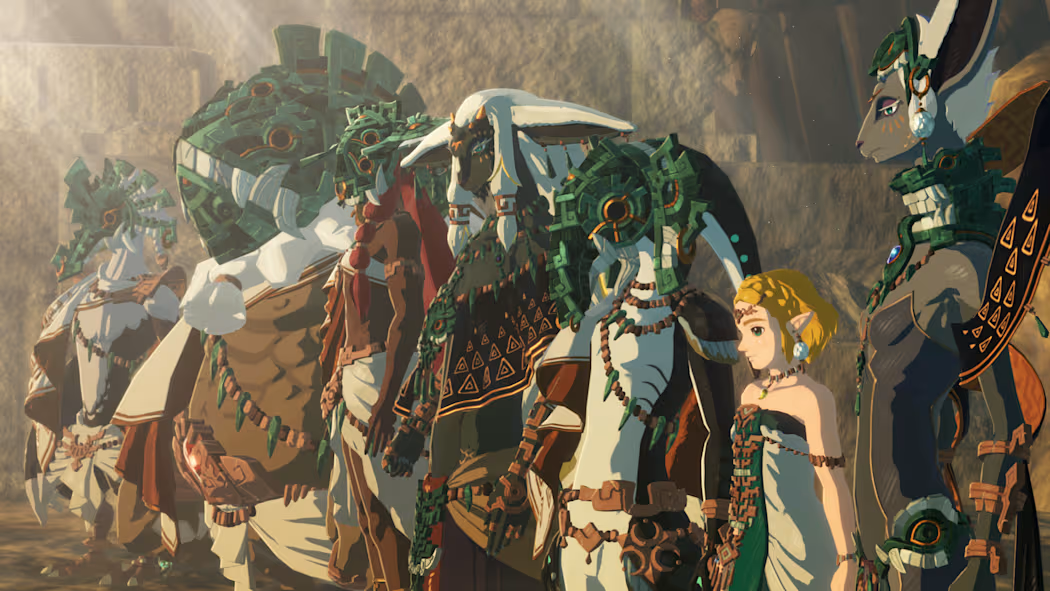
The biggest gameplay upgrade is Sync Strikes — tag-team attacks that let your characters combine powers like some kind of Zelda-themed Power Rangers squad. Zelda and Qia unleash a symphony of water and light, Rauru and Ardi summon electrified tornadoes, and my personal favorite duo, Mineru and Agraston, basically turn into a giant steampunk Beyblade of doom. These moments are pure dopamine — cinematic, stylish, and gloriously excessive.
Do they change the strategy? Not really. This is still a musou game, which means the main tactic is “run toward the flashing icon and hit everything until it stops moving.” But Sync Strikes make the mayhem feel collaborative, and that’s surprisingly refreshing. For a genre that usually feels like a solo power trip, Age of Imprisonment nails the fantasy of being part of a heroic squad.
At one point, the game lets you pilot a flying Construct through the Sky Islands in what can only be described as Zelda’s Star Fox phase. It’s brief but fantastic — an aerial rail shooter section complete with missile salvos and barrel rolls. I wanted more of it, but instead, we spend most of our time on the ground punching Bokoblins in the face. A missed opportunity, sure, but still a charming diversion that breaks up the sword-swinging rhythm.
I can’t overstate how much better this thing runs compared to Age of Calamity. That game was basically a stress test for the original Switch’s poor little CPU. But now? Smooth. Stable. Glorious. I threw fire, ice, and Zonai lasers across entire battlefields without a single noticeable stutter. It’s like going from 240p YouTube to full-on IMAX.
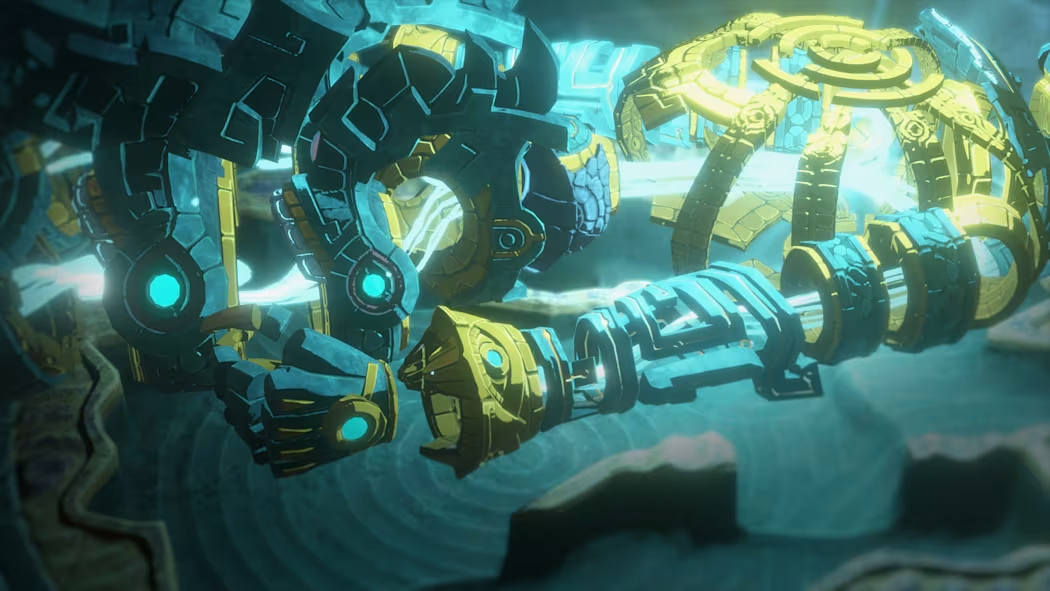
Textures pop, lighting glows, and the sheer scale of the enemy hordes is jaw-dropping. Seeing the sunrise over the battlefield at Death Mountain — with the new engine’s atmospheric haze rolling in — is the kind of nerdy visual moment that makes you screenshot out of pure reverence.
But even as the frame rate soared and my sword glowed, I hit that inevitable musou wall. The repetition. The rinse-repeat mission design. The “protect this idiot NPC” escort quests that make you question your will to live. I love the rhythm of musou combat — it’s like digital stress relief — but around hour 30, even I started craving something more. Maybe a puzzle, maybe some quiet exploration, maybe just… fewer Bokoblins.
Still, when the combat sings, it sings. Every hit is crunchy, every explosion satisfying. It’s like Hyrule’s greatest hits performed at double speed. It might not be deep, but it’s never dull.
At the end of the day, Hyrule Warriors: Age of Imprisonment isn’t here to redefine Zelda. It’s here to glorify it — to take the mythic grandeur of Hyrule and turn it into a fireworks display of chaos and nostalgia. It’s the kind of game that makes you grin like an idiot as you wipe out 200 enemies with a single glowing spin attack. It’s also the kind of game that’ll have you groaning, “Okay, maybe just one more mission,” at 2 a.m.

It’s not perfect. The story adds context but not depth. The missions blur together. But for sheer geek joy? It’s unmatched. This is a game made by people who know their audience — people who understand that sometimes, the best way to honor a legend is to let you punch it in the face a thousand times.
Verdict
Hyrule Warriors: Age of Imprisonment is pure, unfiltered Zelda geekdom — a glorious storm of lore, lasers, and legendary nonsense. It doesn’t reinvent the wheel, but it straps rocket boosters to it. The best the musou genre has ever been in Hyrule.

